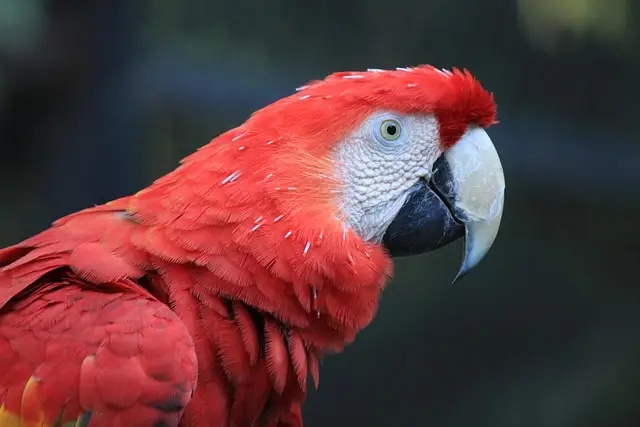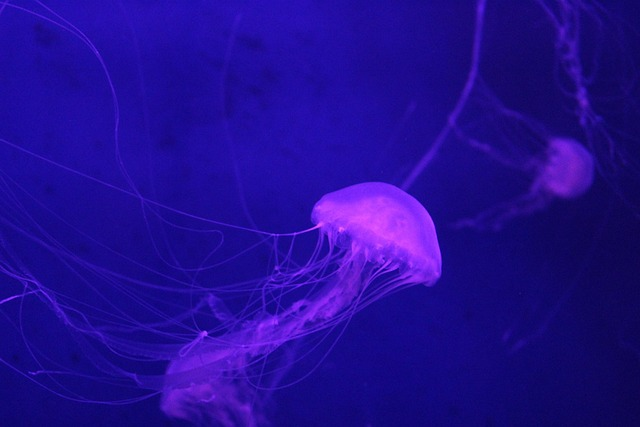The natural world is full of incredible animals, plants, and ecosystems. But not all species are thriving. Some are in danger of disappearing forever. When we hear the term “endangered species,” it means that a species is at risk of extinction vanishing from the Earth completely.
Understanding what it means for a species to be endangered helps us recognize the importance of protecting wildlife and the balance of nature. In this article, we’ll explain what the term means, how species become endangered, and why it matters.
What Is an Endangered Species?
An endangered species is any type of animal or plant that is very likely to become extinct in the near future. The term is often used when the number of individuals in a species has dropped dangerously low, or when a species’ natural habitat is disappearing.
The label “endangered” is part of a system created by conservation experts to help monitor and protect species around the world. A species becomes endangered when scientists and wildlife organizations see major threats to its survival, such as habitat loss, climate change, pollution, hunting, or disease.
Who Decides if a Species Is Endangered?
The most widely used system for classifying species is managed by the International Union for Conservation of Nature (IUCN). They maintain the IUCN Red List, which ranks species based on how threatened they are.
Here are the main categories used in the Red List:
- Least Concern – Species are not currently in danger.
- Near Threatened – Species may be at risk soon.
- Vulnerable – Species are at high risk of becoming endangered.
- Endangered – Species are at very high risk of extinction.
- Critically Endangered – Species are extremely close to extinction.
- Extinct in the Wild – No known individuals remain in the wild.
- Extinct – No individuals are left anywhere on Earth.
These categories help scientists and governments decide what action is needed to save certain species.
Why Do Species Become Endangered?
There are many reasons a species can become endangered. Most often, it’s because of human activity. Here are the main causes:
1. Habitat Loss
When forests are cut down, wetlands drained, or oceans polluted, animals and plants lose their homes. Without their natural habitat, many species cannot survive. Urban development, farming, and logging are major causes of habitat destruction.
2. Climate Change
Changes in temperature, rainfall, and weather patterns can destroy food sources, nesting areas, or migration routes. Species that depend on specific environments, like polar bears in the Arctic or coral reefs in warm oceans, are especially vulnerable.
3. Pollution
Toxins in the water, air, and soil can poison animals and plants. Oil spills, pesticides, plastic waste, and other forms of pollution harm countless species every year.
4. Overhunting and Poaching
Some animals are hunted for meat, fur, tusks, or traditional medicine. Others are captured to be sold as pets. Over time, this can cause populations to collapse.
5. Invasive Species
When new species are introduced to an environment, they can outcompete, prey on, or bring diseases to native animals and plants. These changes can make it difficult for native species to survive.
6. Disease
New or fast-spreading diseases can wipe out entire populations, especially if a species has low genetic diversity or no resistance to the illness.
Examples of Endangered Species
There are many well-known animals that are endangered today. Some examples include:
- Amur Leopard – Fewer than 100 individuals are left in the wild.
- Javan Rhino – Only about 80 are known to exist, all in Indonesia.
- Mountain Gorilla – Still endangered, though conservation efforts have helped increase their numbers.
- Vaquita – A small porpoise found in Mexico’s Gulf of California, with less than 10 believed to be alive.
- Asian Elephant – Threatened by habitat loss and poaching for ivory.
Not only animals, but plants can be endangered too. For example, the Western Prairie Fringed Orchid in North America is endangered due to farming and habitat changes.
Why Does It Matter?
Losing one species doesn’t just affect that animal or plant. It can cause problems throughout the ecosystem. Here’s why endangered species matter:
1. Biodiversity
Each species plays a role in its ecosystem. Some pollinate plants, others keep insect populations balanced. Losing one can upset the entire system.
2. Healthy Ecosystems
Forests, oceans, rivers, and grasslands all depend on the animals and plants that live there. When a species disappears, the health of the ecosystem can suffer.
3. Human Benefits
Many of the things we use every day—medicines, foods, and clean water—depend on biodiversity. For example, some drugs come from rainforest plants. If we lose those species, we may lose the cure for future diseases.
4. Cultural Importance
Many endangered species are important in local cultures, religions, and traditions. They are also part of our natural heritage and deserve protection.
How Can We Help?
Everyone can do something to help protect endangered species. Here are some simple ways:
1. Protect Natural Habitats
Support efforts to protect forests, oceans, and other wild spaces. This can be done by donating to conservation groups or supporting eco-friendly laws.
2. Buy Responsibly
Avoid products made from endangered animals or unsustainable sources, such as ivory, coral, or exotic pets. Look for certified sustainable goods.
3. Reduce Waste and Pollution
Use less plastic, recycle, and keep chemicals out of nature. Clean environments help wildlife stay healthy.
4. Spread Awareness
Teach others about endangered species and why they matter. More people caring leads to stronger protection.
5. Support Wildlife Organizations
Groups like the World Wildlife Fund (WWF), Wildlife Conservation Society (WCS), and local rescue groups work hard to protect endangered species through research, education, and direct action.
Understanding what “endangered species” means is the first step in protecting life on Earth. These species are not just names on a list—they are part of the rich web of life that supports us all. When we protect them, we help preserve a healthy planet for ourselves and for future generations.



